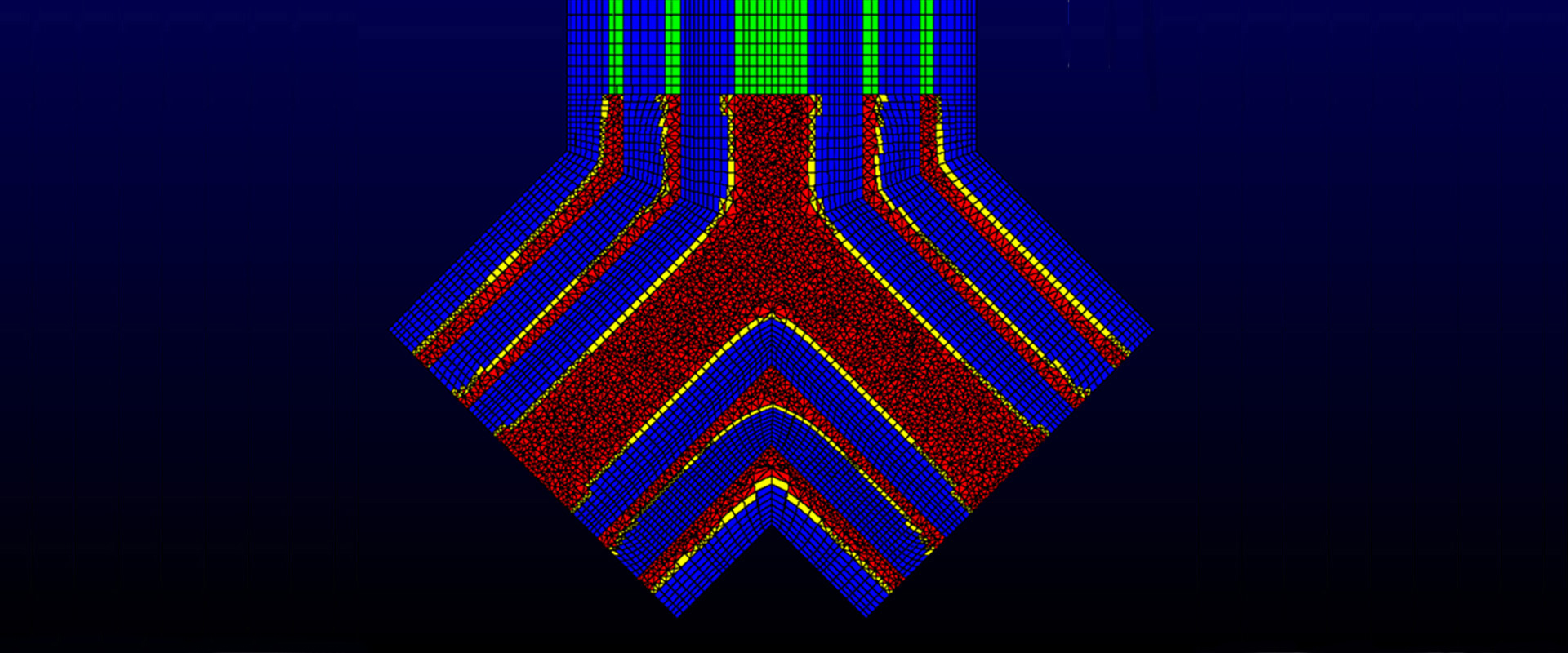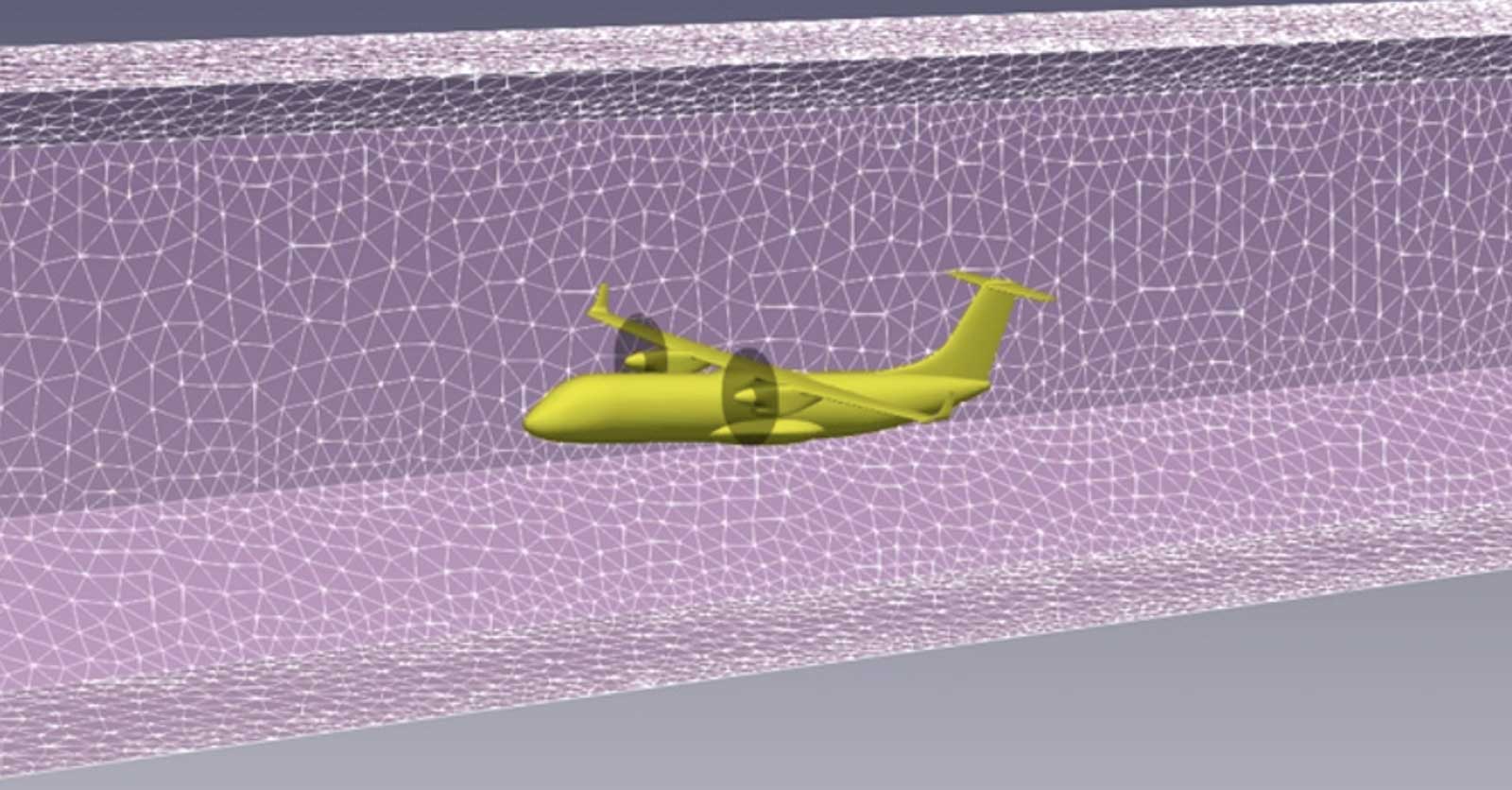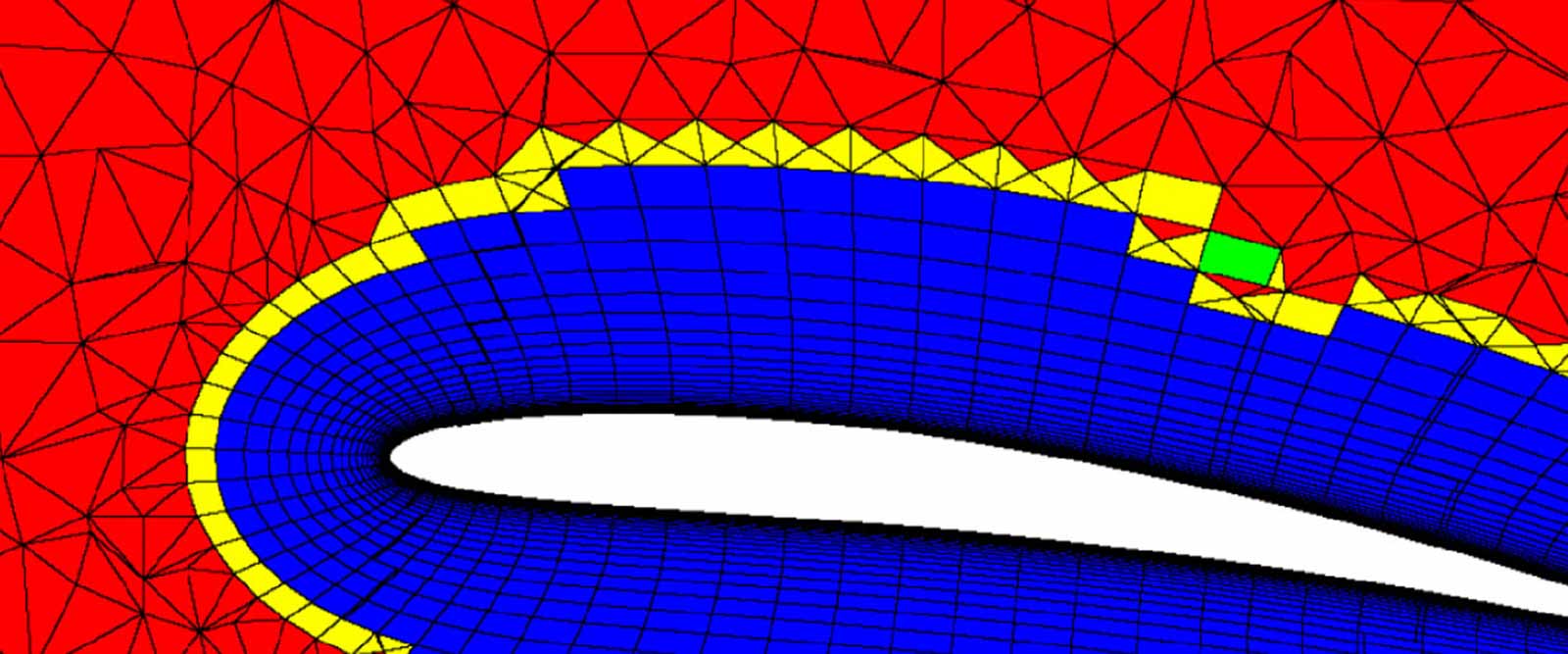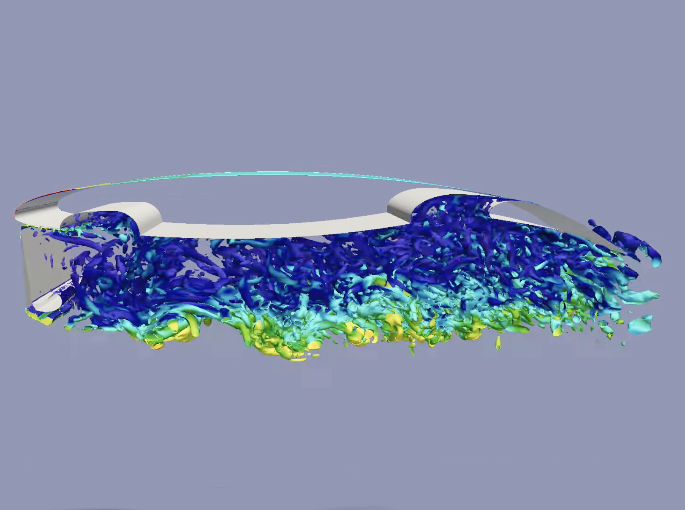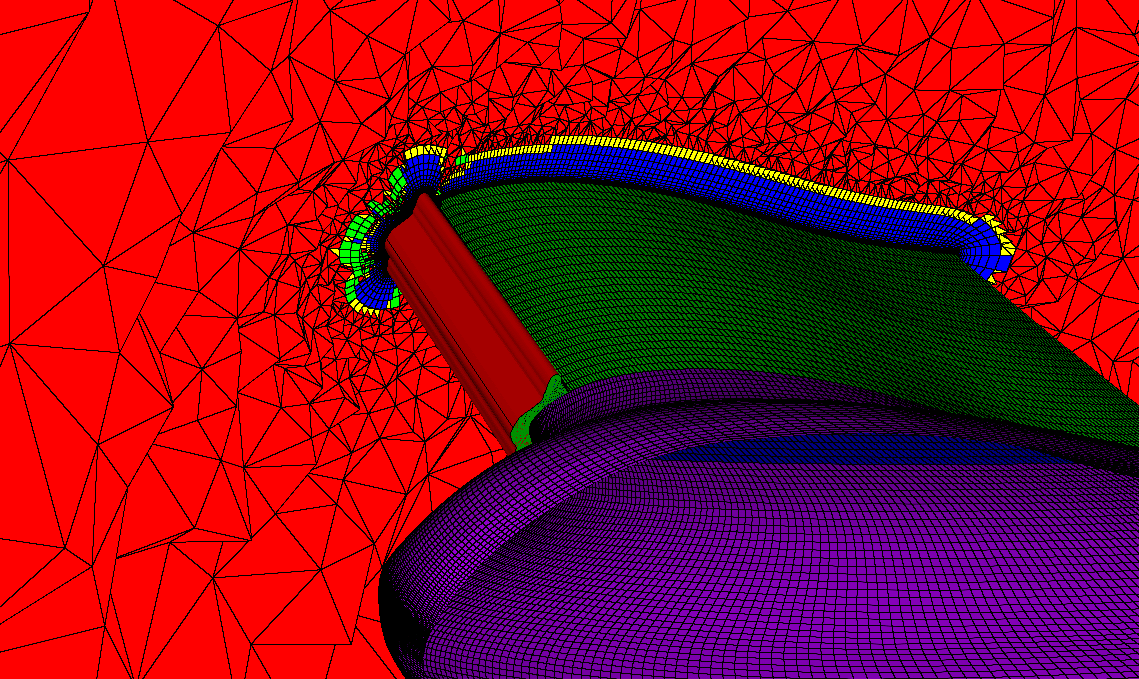Y-pipe structures are widely used in many manufacturing and research areas for mixing different reactants solutions. The flow behaviors inside a Y pipe are worth studying to improve the mixing efficiency and control the flow properties. In this study, two different configurations of Y pipes are investigated. This structure is used for biomaterial production. Each pipe has varying cross-sections with restrictions and enlargements, which require...
Read MoreArchive
As an environmentally friendly means of transport, turboprop aircraft can save fuel up to 20% compared with turbofan aircraft. However, some traditional high-lift devices such as slotted leading edge flaps will not be suitable for turboprop engines due to the smoothness requirement at the upper surface. Therefore, a flexible leading edge design that can be drooped during take off and landing is introduced. The CFD...
Read MoreCoaxial rotor systems are appealing for multirotor drones, as they increase thrust without increasing the vehicle’s footprint. However, the thrust of a coaxial rotor system is reduced compared to having the rotors in line. It is of interest to increase the efficiency of coaxial systems, both to extend mission time and to enable new mission capabilities. This study investigates how adjusting the pitch of the...
Read MoreKrueger flap is a famous kind of lifting enhancement device fitted onto the leading edge of the wings. The flap remains retracted during the cruise and is hidden inside the main wing. During take-off and landing, it will be deployed by rotating around a hinge at the leading edge of the main wing to increase the wing camber and get a higher maximum lift coefficient....
Read MoreInflight icing is a severe hazard significantly limiting the usage of autonomous unmanned aerial vehicles (UAVs). Researchers at the Norwegian University of Science and Technology (NTNU) investigate icing on UAVs and develop mitigation technologies together with UBIQ Aerospace. This webinar introduces the issues of in-flight icing on UAVs and discusses the following topics: Icing on UAVs Differences to icing on manned aircraft Simulation of icing...
Read MoreRichard Hann, Norwegian University of Science and Technology (NTNU) Icing of drones is a severe hazard that significantly limits the usage of autonomous unmanned aerial vehicles (UAVs). Computational fluid dynamic (CFD) methods, originally developed for manned aircraft icing, are an important tool for understanding the effects of icing on UAVs. One of the most challenging tasks for the simulation is the generation of high-quality meshes of...
Read More

